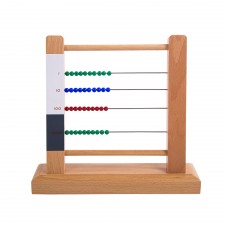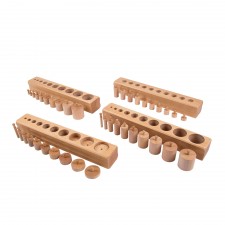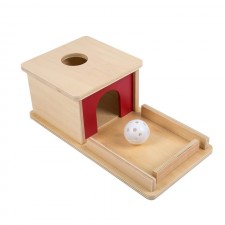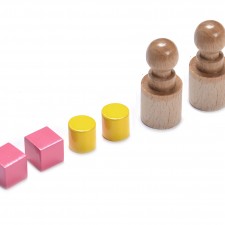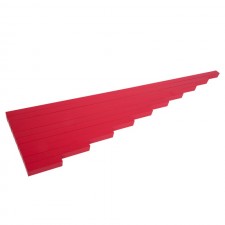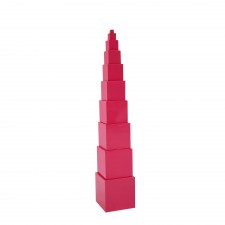Montessori Education is both a philosophy of child development and a rationale for quality in that development. The special method, named for the Italian physician Maria Montessori, stresses the importance of the development of a healthy self-concept. Education, she believed, is a preparation for life, not merely a search for intellectual skills. The child has one intuitive aim – his self development. He desperately wants to develop his inner resources and his ability to cope with a strange, complex world. The child who accomplishes this moves into harmony with his world and becomes a full per...
Read More